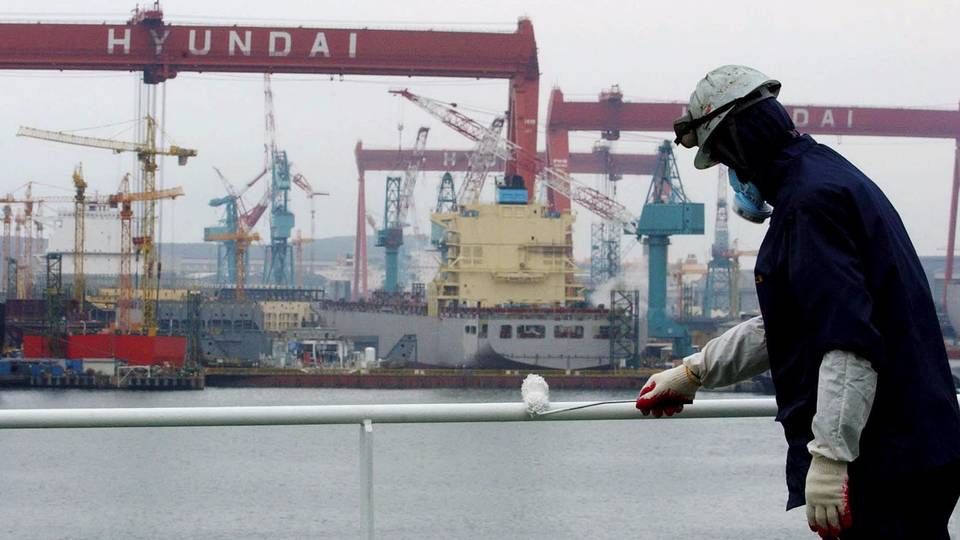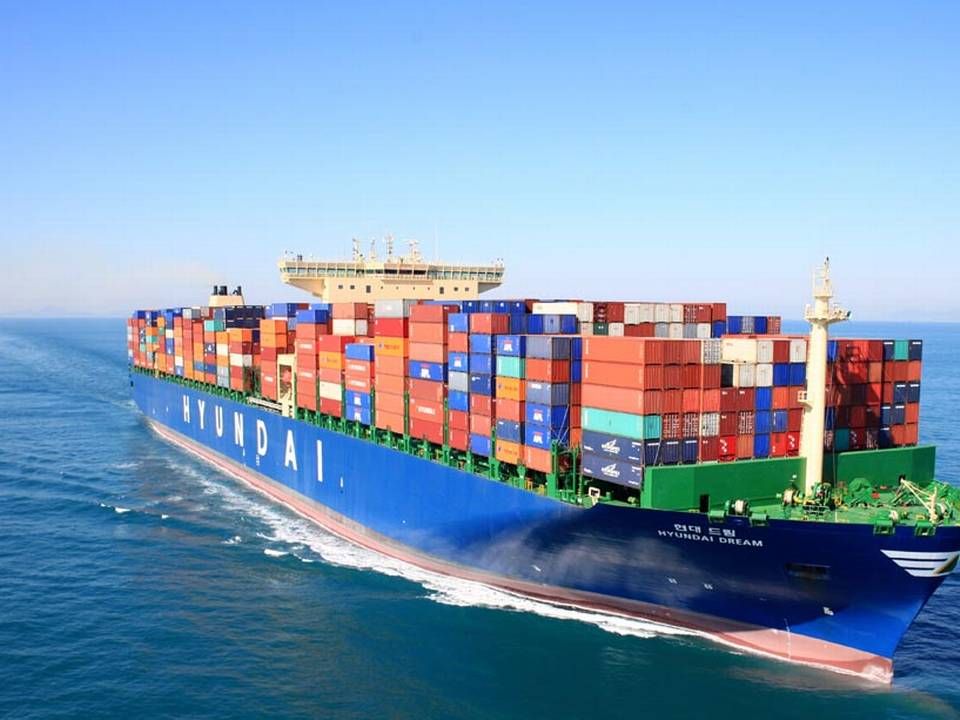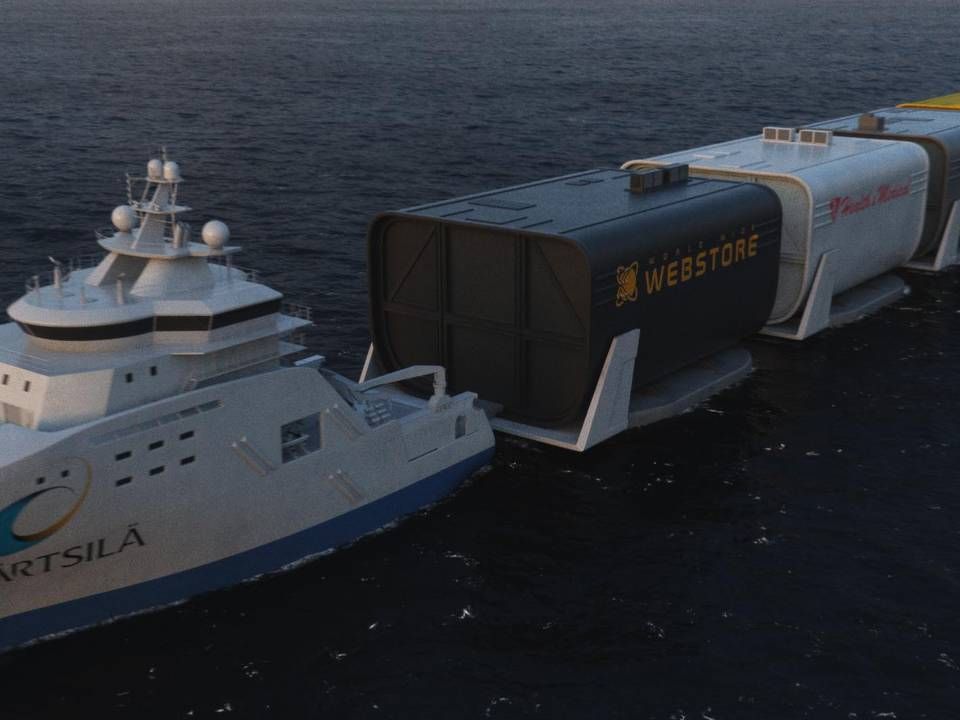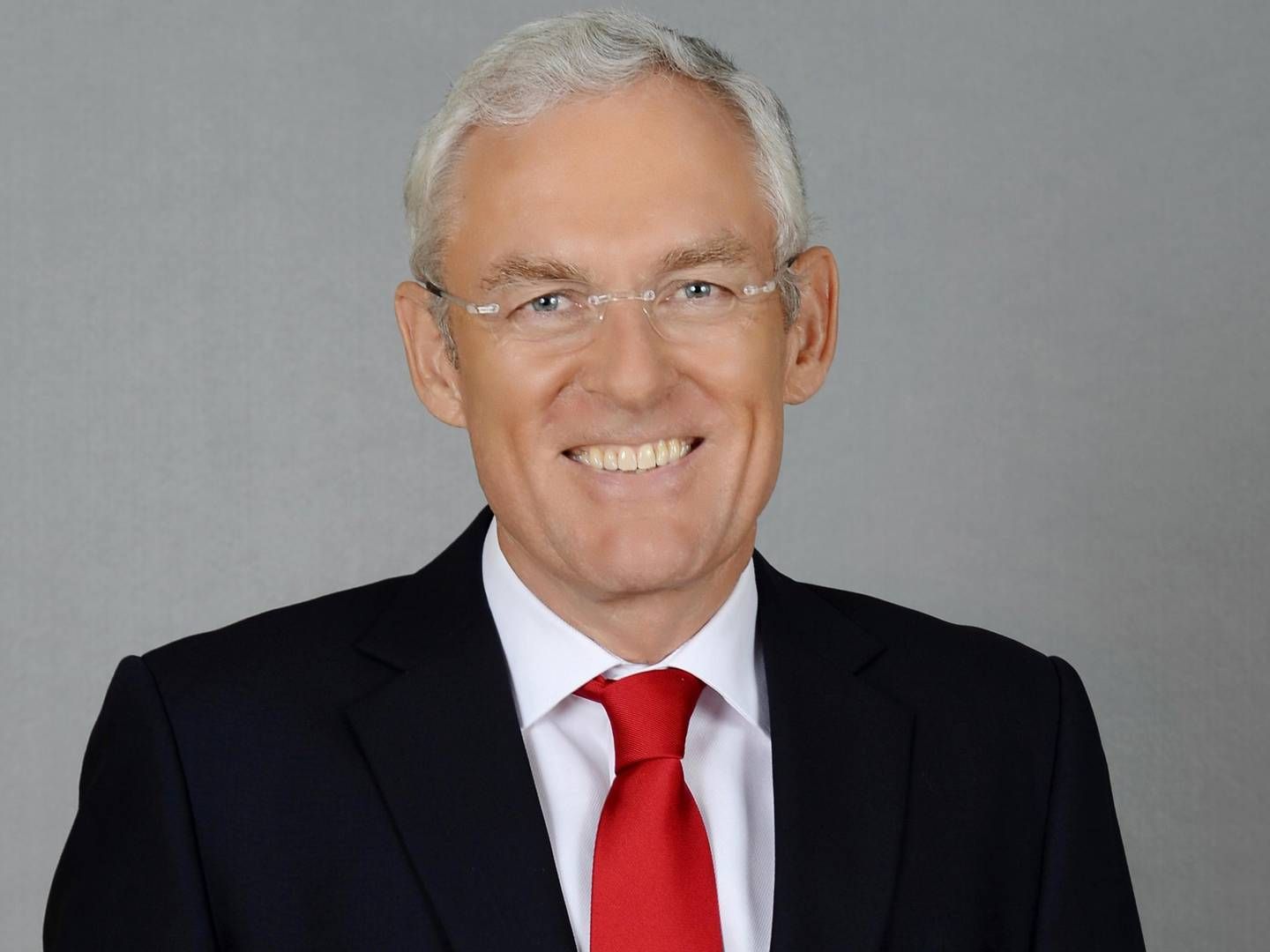Shipowners face big bills and major benefits from ballast water convention

The ballast water convention will come into force on September 8th 2017, and this means that shipowners will over the next ten years invest around EUR 12 billion in ballast water management systems.
This is the estimate from equipment manufacturer Alfa Laval, which expects that 35,000 vessels will need to install management systems for cleaning ballast water over the next ten years. A previous estimate from a different source projected that 57,000 vessels would require installations when the convention becomes effective. Regardless, this market will be huge for suppliers and will entail major expenses for shipowners. But the convention is not just a nuisance and an expense for carriers, notes analyst agency Fearnleys.
Try a free 14-day trial subscription to ShippingWatch
"Compliance with the convention will become mandatory from September next year, which means that newbuildings and ships meeting its first mandatory dry docking after the date will have to be fitted with ballast water treatment systems. While there remains some uncertainty around the requirements for BWTS systems and whether those compliant with the IMO convention will also comply with US ballast water regulation, we see this as a potential positive for the shipping market which are currently suffering from over-supply," writes Fearnleys:
"Particularly for dry bulk and container, we believe that the BWMC will have owners think twice about putting their 15 and 20 year old vessels through dry dockings where installing BWTS might add USD 0.4-1.5m to the total bill. Hence, we see increased potential for scrapping come September next year."
Fearnleys refers to the uncertainties regarding the fact that, while the IMO has approved more than 50 different systems for ballast water management, the US Coast Guard has not approved a single one. A fifth of the world' fleet operates in US waters, and the carriers responsible for these vessels will have to endure this uncertainty if the US Coast Guard does not approve some of the systems soon.
14 years of preparation
When the ballast water convention was finally ratified yesterday, this marked the end of 14 years of work in the IMO to get a sufficient number of countries to ratify the convention. For the convention to take effect, it required ratifications from at least 30 flag-states, which must altogether represent at least 35 percent of the world's tonnage. Finland wound up casting the decisive vote pushing the convention to final ratification. The country decided to ratify, and this meant that 52 nations had ratified with tonnage corresponding to 35.1441 percent.
The decision incited celebrations at suppliers such as Denmark's Bawat and Finland's Wärtsilä. The shipowners' associations were also excited, but concerned at the same time – mainly due to the lack of US approvals.
"Shipping will have to invest significantly in the installation of ballast water treatment systems by next September – only to find the investment is wasted if their system does not meet US standards," wrote Bimco in a press release.
The concern was also apparent at the ICE (International Chamber of Shipping).
"We must ensure that shipowners can have absolute confidence that the expensive equipment they will soon have to install will be effective in treating ballast water conditions normally encountered during worldwide operations and be regarded as fully compliant during Port State Control inspections," said ICS chairman Esben Poulsson in a statement.
Ballast water convention will come into force in September 2017
Related articles
Wärtsilä presents its visions for the future of shipping
For subscribers
ICS chairman: The EU could end up undermining the IMO
For subscribers





















